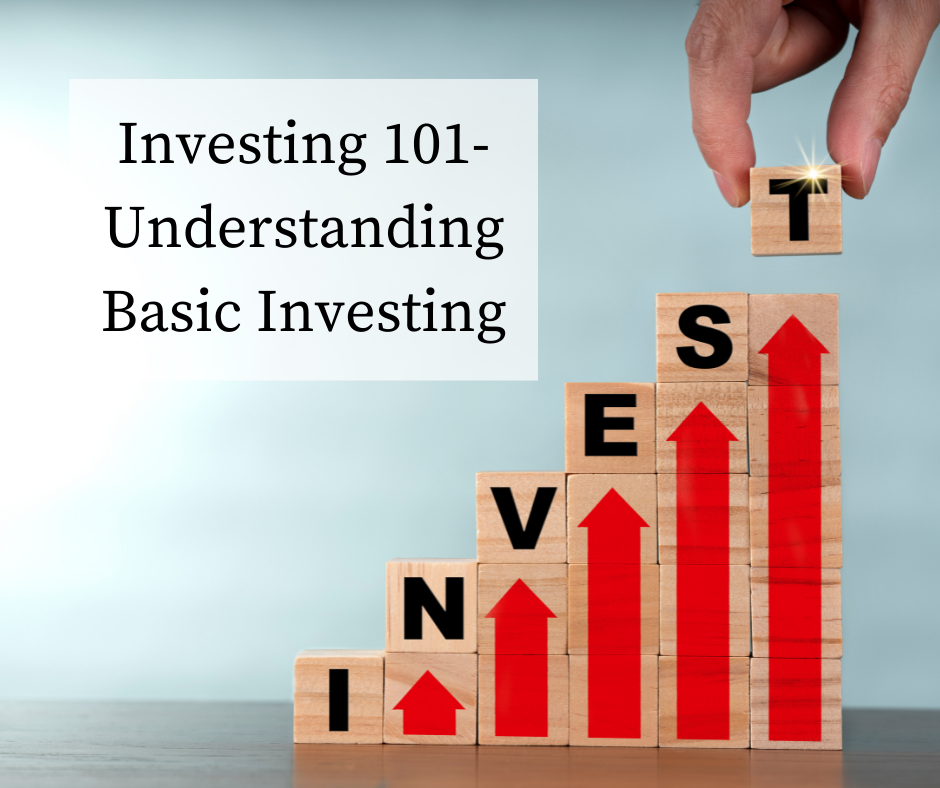
So you’ve heard about the stock market. You know that your financial future is dependent on you growing your wealth. But how the heck do you do that?
Do you avoid investing because you don’t have a clue where to start? The best place to start is by understanding basic investing.
But what do I mean? Basic terminology is where we are going to start today.
I am going to go over all the basics. This will give you an understanding of basic investing.
“There is no wealth like knowledge, and no poverty like ignorance.” – Buddha
First, let’s go over what is the difference between investing and saving.
Saving is income that you have put away. This is money that is usually guaranteed. That’s why you will keep this money in a savings account or money market account.

I recommend that someone save 3-6 months’ worth of money for emergencies. Check out my post about setting up a simple budget.
Investing is putting your savings into things that will earn you a financial return. This is money that is not guaranteed. The goal is to invest and earn interest. Money is made with time in investing.
The more time you invest, the more money you earn. This is due to compounding interest. Compounding interest is like magic…. but really it’s not magic.
It’s simply interest you earn on interest.
Here are more details about compounding interest.
Let’s get started in understanding basic investing.
Assets
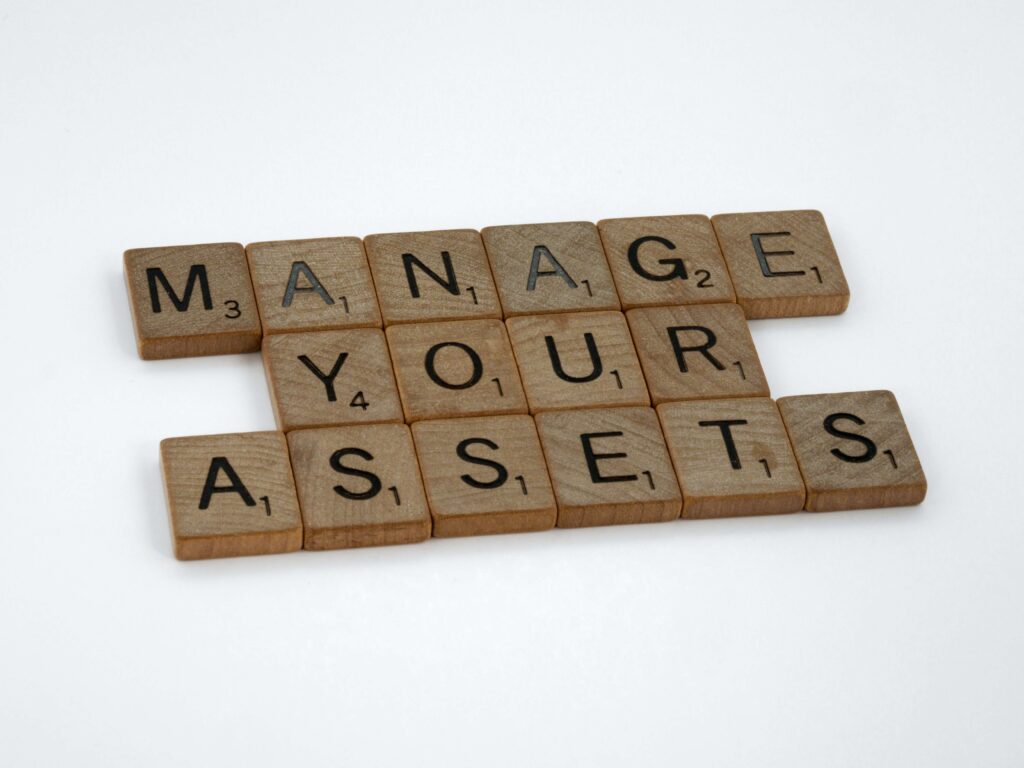
Assets are what make you money. This is the first term to understanding basic investing. An asset is also known as something valuable or has future value. The most common asset that someone owns is a home.
There are also depreciating assets. An example would be a car or boat. These have value, but are known to lose their value over time. These are not usually bought for investing purposes.
But for this Investing 101 article let’s keep it simple for now.
Liability
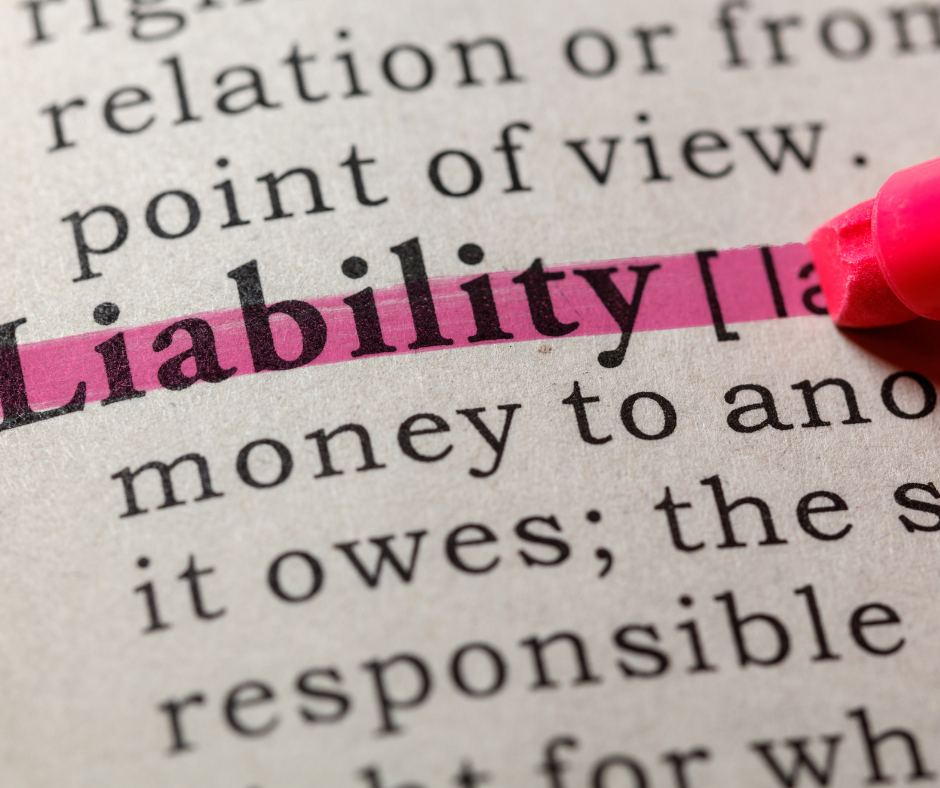
A liability is something that costs you money. This is another term you will hear when it comes to understanding basic investing. Aka Debt or obligations to pay.
A lot of people think that all debt is bad. This is not necessarily true. There are two type of debt…Good and Bad.
Taking on debt can be a good thing. Example of good debt is a mortgage. A mortgage is good because you are working toward an appreciating asset. This means that the asset should gain value in the future.
An example of bad debt is credit card debt. This debt is not enhancing your future. It also has very unfavorable interest rates. I can not find any reason that this would ever be good debt.
Check out this great video on good debt vs. bad debt? It’s ultimately up to each person to decide which debt is good or bad.
Stocks
Stocks are a slice of ownership. When you buy stock in a company, you have bought a piece of ownership.
Buying a stock is one of the most common ways of investing. This is another term for understanding basic investing.
Index Funds and ETF
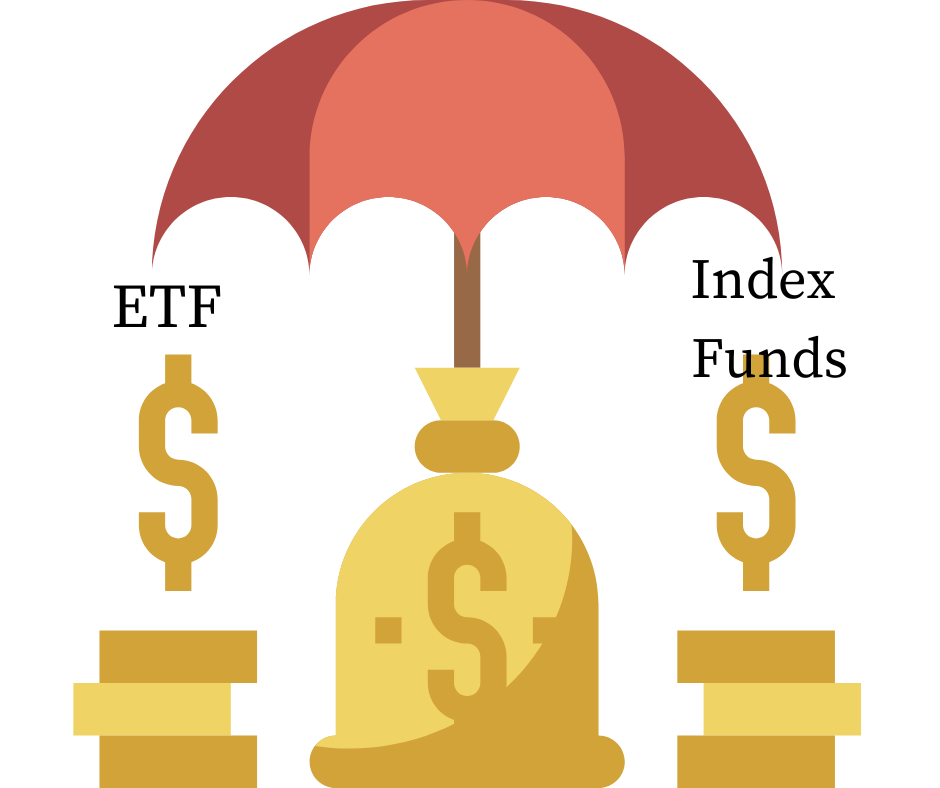
Index Funds and ETF have become very popular. Index Funds and ETF are different, but I want to keep this article simple. This article is about understanding basic investments.
ETF stands for exchange-traded funds. They are known as a “basket” of stocks, bonds, and other assets. This helps an investor diversify their investments, without doing the work.
Index funds are a portfolio of stocks. This portfolio can include ETF.
These funds are both popular because they have been bringing strong returns.
Bonds

Bonds are another important term in understanding basic investing. Bonds are a loan to a business or government. You loan them money and they pay you a return.
These are good investments for someone looking for safety. You will receive a fixed rate of return. This is paid semiannually until the bond matures.
Portfolio
A portfolio is everything you own. This will consist of all your investments including homes, cash, and investments. The whole point of understanding basic investment is to grow your portfolio.
Dividends
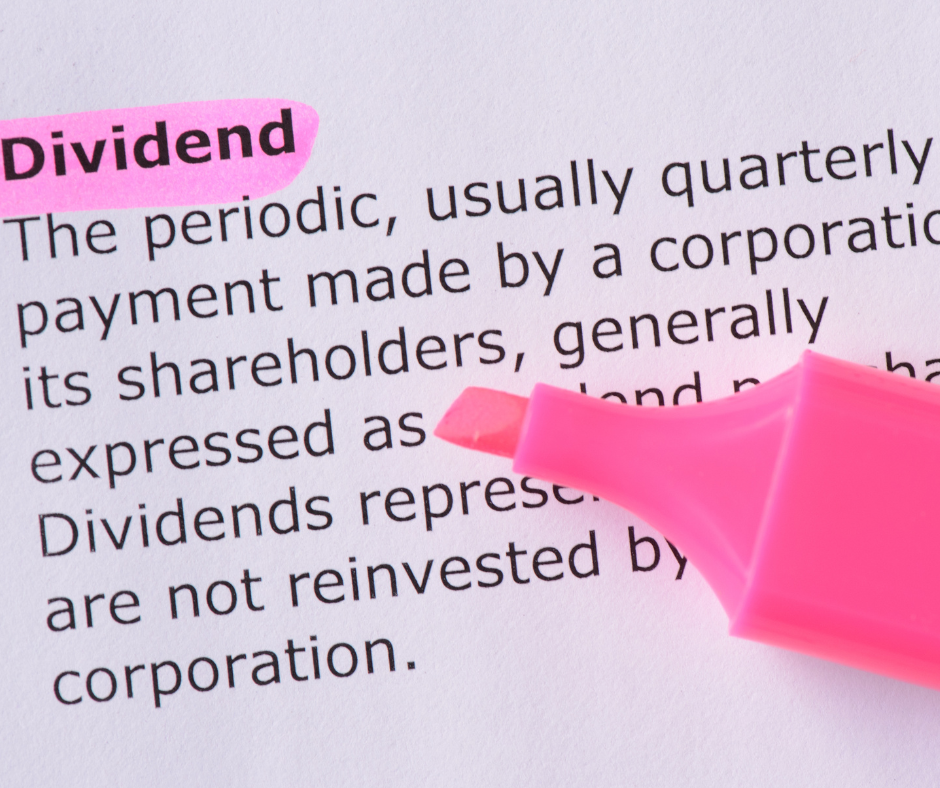
Dividends are the profits that are shared with investors. Lots of your investments will pay out monthly, quarterly, or yearly dividends.
You can use these dividends as income or reinvest into more shares. The whole point of investing is to grow wealth. I always reinvest my dividends.
As you gain shares of the company your dividends will increase. When you retire, some people will use these as income.
Learn these terms. This is just the basics of investing. Set your goals and remember to start early.
Investing should be for the long term.
The earlier you start, the more investment power you have. No amount is too small to start investing. Make a plan and try to stick with it.
Remember that this is a long-term commitment. Your portfolio should be diversified. As you get a better understanding and knowledge of investing, you will see your goals become a reality.
Do you have an interest in real estate investing? Do you see yourself becoming a landlord. Real estate is a great asset to have.
Do you want to take risks and pick your own stocks? Do you like the idea of buying index funds and letting someone else do all the work?
Are you looking for low risk? Bonds may be for you.
All of the above are great ways to start investing. Or you could hire an investment broker to do all the work for you.
I recommend all of them. Diversify that portfolio. As you age your investment strategy will change. Your risk will typically go down. When you are younger you have time on your side.
The first step is to get started.







